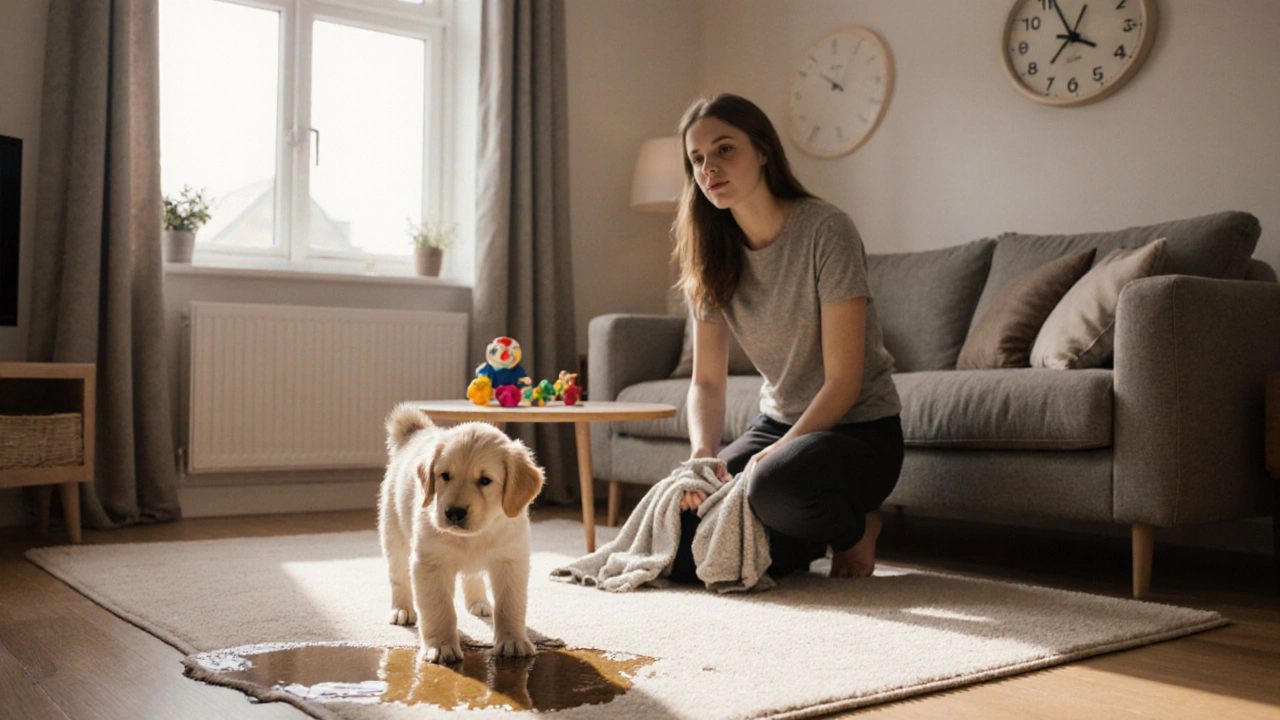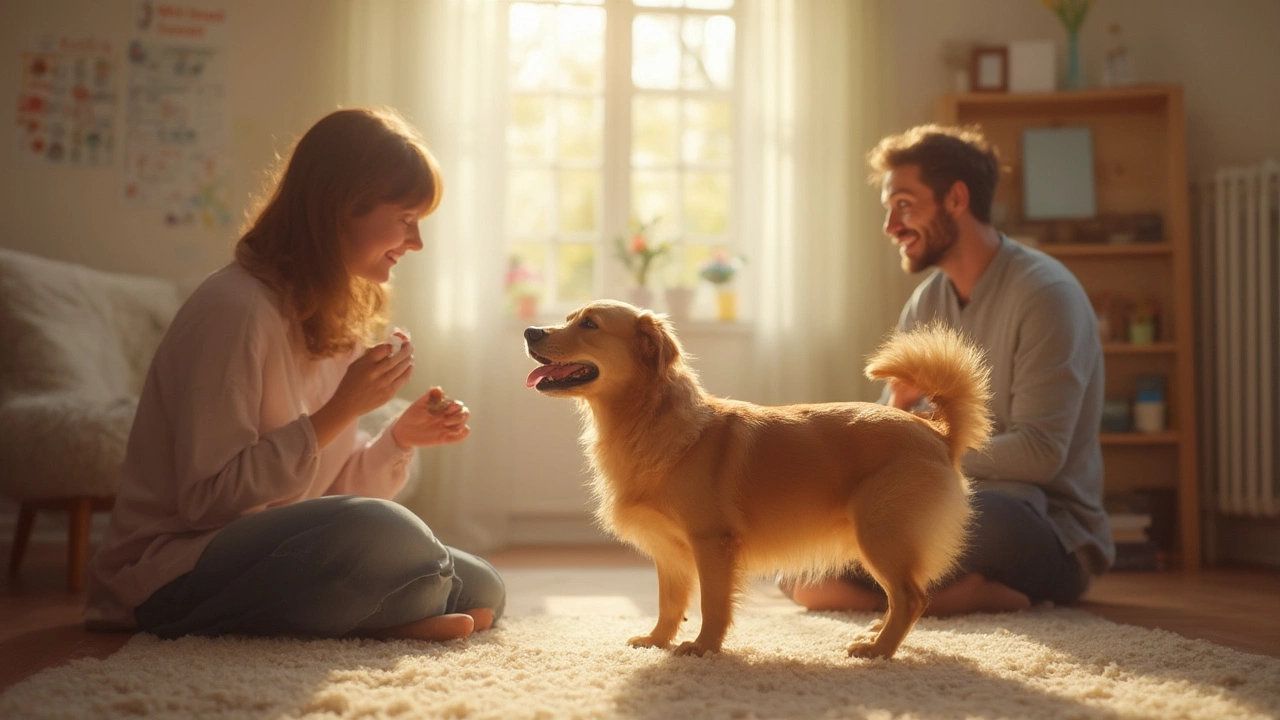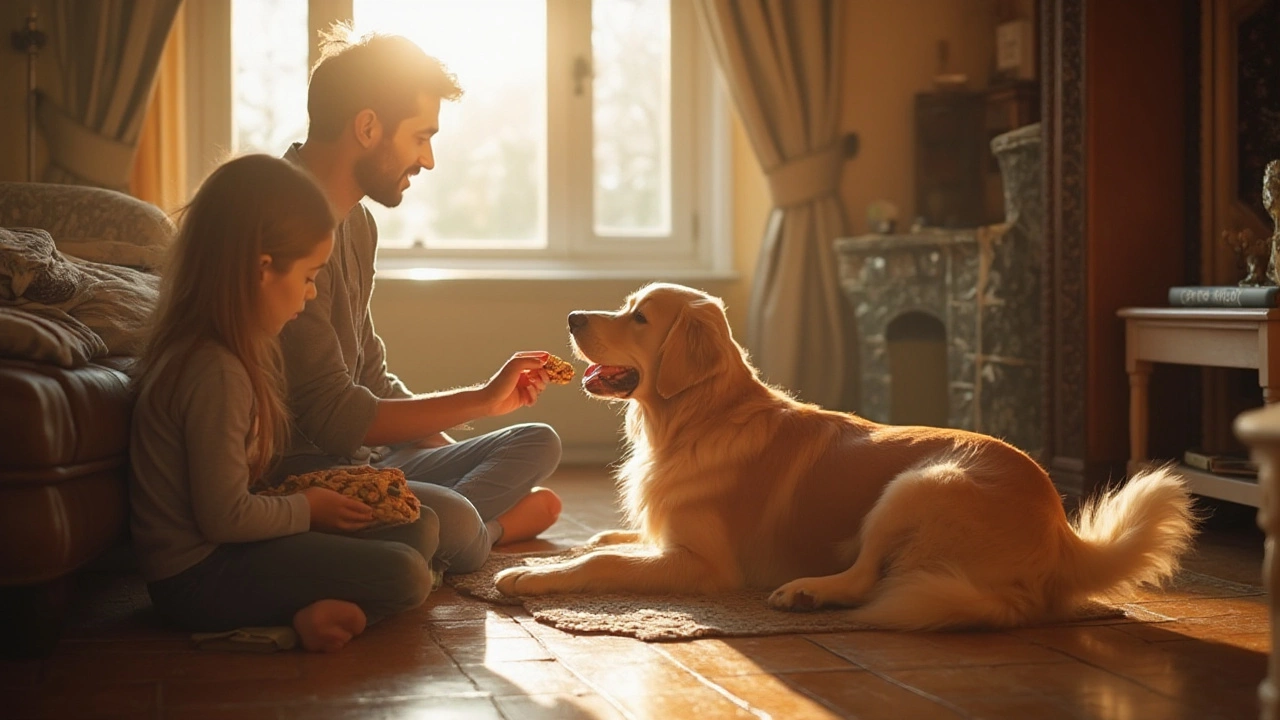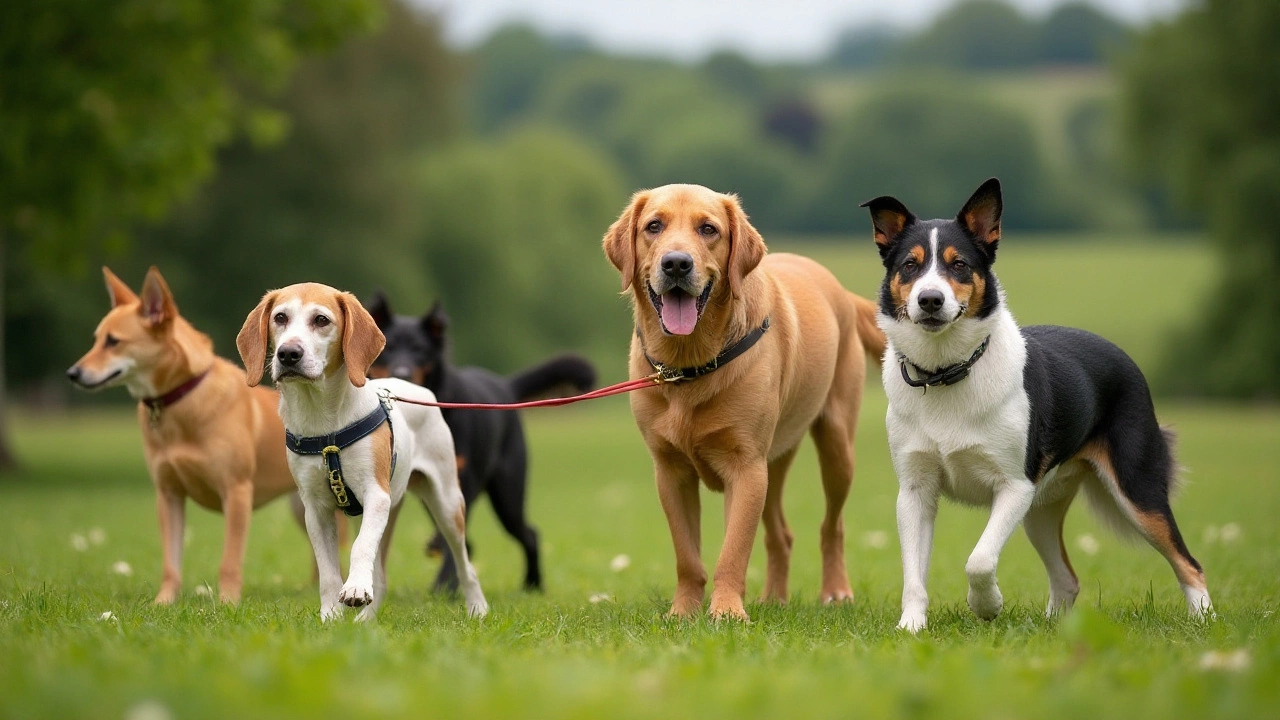Dog Training Made Easy: Real Tips You Can Use Today
Training a dog doesn’t have to feel like a science experiment. Most owners just need a clear plan, a bit of patience, and tools that respect their pet’s comfort. Below you’ll find the most useful, bite‑size advice that works for puppies and adult dogs alike – no harsh collars, no guesswork.
How Long Should Training Sessions Be?
Short, focused sessions beat marathon drills every time. Aim for 5‑10 minutes, two to three times a day, especially with puppies whose attention span is limited. Keep it upbeat: end each round with a quick game or a treat so your dog looks forward to the next round. If you stretch a session beyond the dog’s interest, you risk confusion and lost motivation.
Humane Ways to Calm Barking
First, figure out why your dog is barking. Is it boredom, fear, or a call for attention? Once you know the cause, teach a “quiet” cue using treats and calm praise. You can also try calming products – a nice fleece shirt or a short‑lasting pheromone spray. These tools work without the shock of a bark collar and build trust instead of fear.
Teaching “no” works the same way. Use a firm, friendly voice, then redirect the behavior. If your pup lunges at a shoe, say “no,” give a chew toy, and reward the switch. Consistency is key; the dog learns that “no” means “stop that action and choose something better.”
Housebreaking a puppy is another common hurdle. Take your pup out on a set schedule – after meals, naps, and playtime. Praise loudly the moment they finish outside. Accidents happen; ignore them and keep the routine steady. Over time, the dog links a specific spot with the right place to go.
If your dog pulls on the leash, ditch the prong collar. A front‑clip harness gives you gentle control while encouraging the dog to stay beside you. Pair short walks with frequent treats when the leash stays slack. This positive loop teaches a loose leash without pain.
Biting can be tackled early with bite inhibition games. Offer a soft toy and let your pup mouth it. When the bite gets too hard, stop the play for a few seconds. The pause signals that rough play ends fun, and a gentle bite keeps the game going.
Remember the 90/10 rule: 90% of training should be rewards, 10% correction. That balance builds a strong bond and keeps learning fun. Whether you’re teaching “sit,” “stay,” or a quiet cue, weave praise and treats into every step.
These tips are easy to fit into a busy day and rely on kindness rather than force. Try one method at a time, watch your dog’s response, and adjust as needed. Before long, you’ll see progress and enjoy a calmer, happier companion.

Should I Put My Dog in a Crate at Night? Here’s What Actually Works
Should you crate your dog at night? It depends on their age, behavior, and how you introduce the crate. Learn when it helps, when it hurts, and how to make it a safe, peaceful space for your dog.
View more
How to Stop a Puppy from Peeing and Pooping Inside the House
Learn a step‑by‑step method to stop your puppy from peeing and pooping inside, covering schedules, crate training, cue words, cleaning, and troubleshooting.
View more
What Really Stops Dogs From Barking? Proven Ways to Calm Barking Without Harsh Collars
Real fixes for barking: match the cause, train calm behaviors, and use kind tools. Clear steps, checklists, and quick answers you can use today.
View more
Gentle Alternatives to Bark Collars: Humane Ways to Manage Dog Barking
Explore bark collar alternatives—from training hacks to calming products. Learn humane, effective, science-backed ways to manage your dog's barking.
View more
How Long Should Dog Training Sessions Last? Expert Tips and Timing Guide
Curious how long dog training sessions should be for real results? Unwrap the science, practical tips, and timing secrets for training dogs of any age and breed.
View more
Effective Ways to Teach Your Puppy 'No' – Positive Puppy Training Tips
Learn how to teach your puppy the meaning of 'no' using positive, effective strategies. Avoid confusion and set your pup up for a lifetime of good behavior.
View more
Understanding the 90/10 Rule in Effective Dog Training
The 90/10 rule in dog training is a concept that emphasizes the importance of consistent and rewarding interactions between dogs and their owners. This principle states that 90% of training should be based on positive reinforcement while the remaining 10% can involve the correction of undesirable behaviors. By focusing largely on positive actions and behaviors, you nurture trust and strengthen the bond with your pet. This approach is scientifically backed and encourages a cooperative relationship rather than a combative one.
View more
Cesar Millan's Take on Prong Collars: A Comprehensive Insight
Explore Cesar Millan's perspective on the use of prong collars in dog training. Learn about the benefits, controversies, and alternative methods for managing canine behavior. Gain insightful tips for safe and effective use of training tools, and understand the importance of maintaining a balanced approach to training your furry companion.
View more
Do Prong Collars Help Reduce Dog Pulling?
Understanding whether prong collars are effective in stopping dogs from pulling involves exploring their design, proper usage, and alternatives. Prong collars are designed to mimic the natural corrective action of a dog's bite, but their use can be controversial. Training consistency and understanding your dog’s behavior play crucial roles in achieving successful leash manners. Readers should consider both the pros and cons of using such tools to make informed decisions. Alternative gentle methods can promote a harmonious walking experience without resorting to potentially harmful tools.
View more
Effective Ways to Discourage Puppies from Indoor Peeing
Training a puppy not to pee inside the house can be a challenging but rewarding task. It's important to use positive reinforcement methods alongside a consistent routine to teach your puppy where they should relieve themselves. Avoid harsh punishments that might harm the trust between you and your puppy. Instead, utilize engaging and supportive tools and tricks to guide their learning process. This article provides practical insights and entertaining techniques to assist in housebreaking your young pup while emphasizing patience and understanding.
View more
Effective Techniques to Stop Dog Biting Behavior
Training a dog to stop biting revolves around understanding their behavior and applying consistent training techniques. Early socialization is crucial to teach puppies bite inhibition, creating an environment that promotes positive interactions. Adults dogs can also learn through patient, gentle correction and rewarding desired behaviors. This guide provides practical steps and tips for anyone looking to manage their dog's biting, focusing on empathy and clear communication.
View more